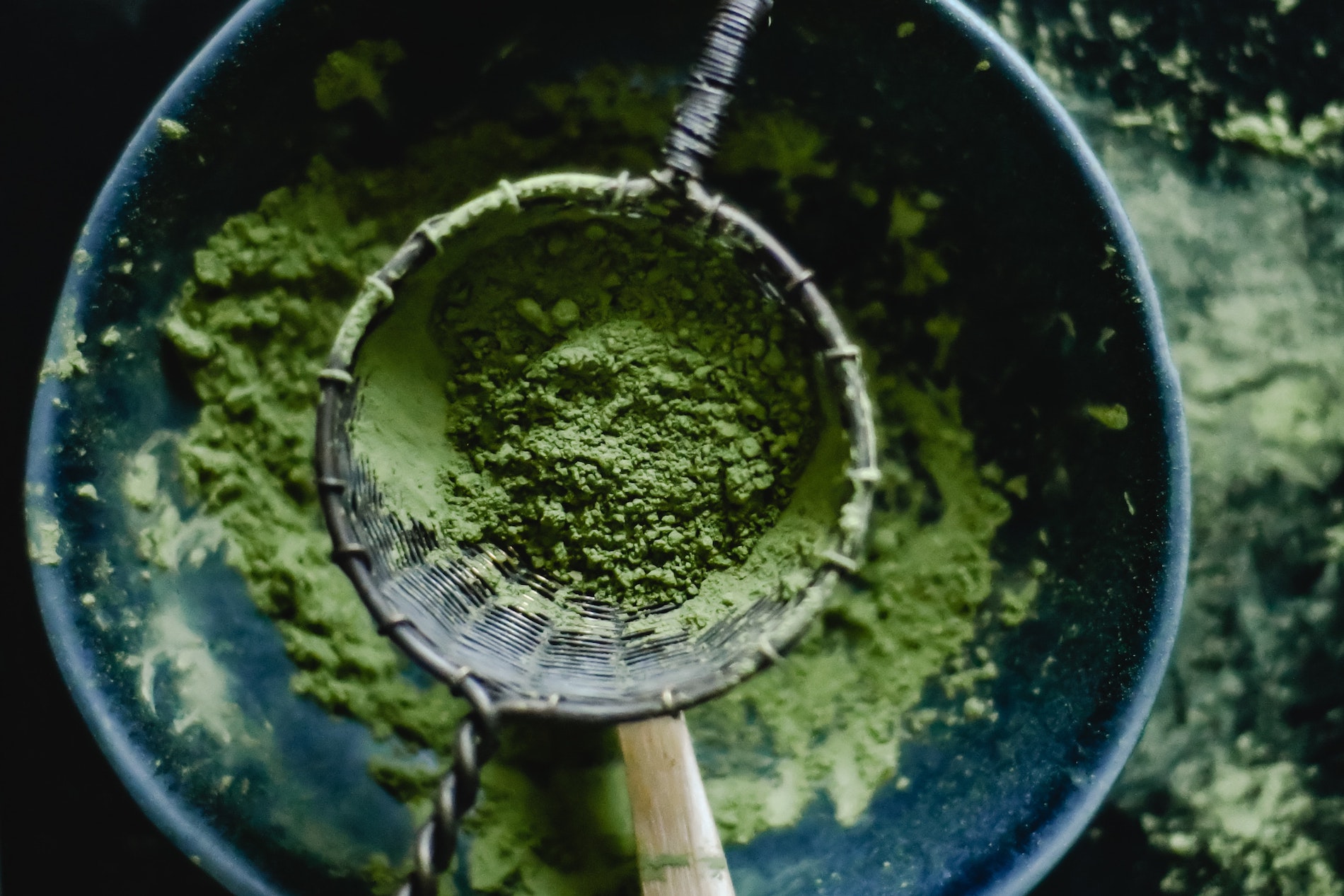Tea houses in Japan are brimming with options. Should you pick the sweet sencha? Or perhaps sip a fragrant cup of kukicha? Or what about imbibing the highly caffeinated gyokuro?
Amongst the 20-odd varieties available, you’ll discover matcha, a vibrant green tea powder that, when fully dissolved in near-boiling water, results in an astringent cuppa.
Because you consume the entire ground-up tea leaf, the claims of potent health benefits have made it an increasingly popular choice on coffee-shop menus in North America. And, as its star status grows here, Japan’s other use for it, as an ingredient in food, is coming to light in Edmonton’s restaurants.
A Cold Reception
“I would say less than two per cent of the really good quality stuff [matcha powder] makes it out of Japan,” says Nana Demachi, from the family-run restaurant, Yokozuna. In other words, the matcha we get here is often strong, bitter and powdery tasting. “It’s not very palatable for a lot of North American customers,” she explains.
Tomoya Mutaguchi explains that his restaurant, Izakaya Tomo, along with many local Japanese restaurants, entice Edmontonians to try matcha’s flavour through the locally made green tea ice cream by Pinocchio. Izakaya Tomo’s menu also features its own matcha crème brûlée.
Yokozuna occasionally features a matcha tiramisu, which has a tea infused Zen liqueur and matcha powder layers, on its menu.
To further sweeten your introduction to matcha, you’ll find it blended in mainstream cafes’ smoothies and sugary drinks.
Demachi says that once your palate has warmed up to matcha, try sprinkling matcha powder and sea salt on your tempura, serve soba noodles infused with matcha, or substitute it in place of cocoa powder in your favourite recipes.
